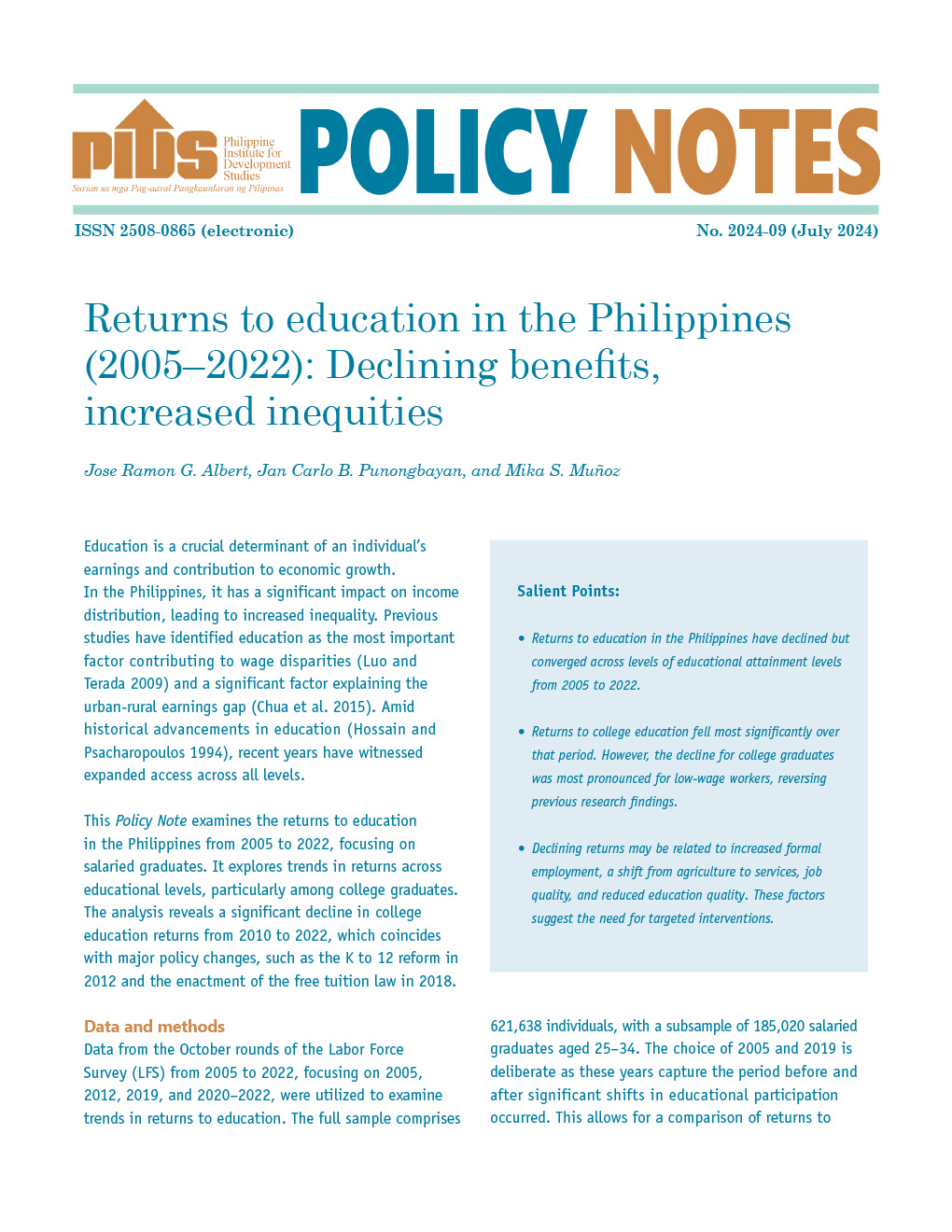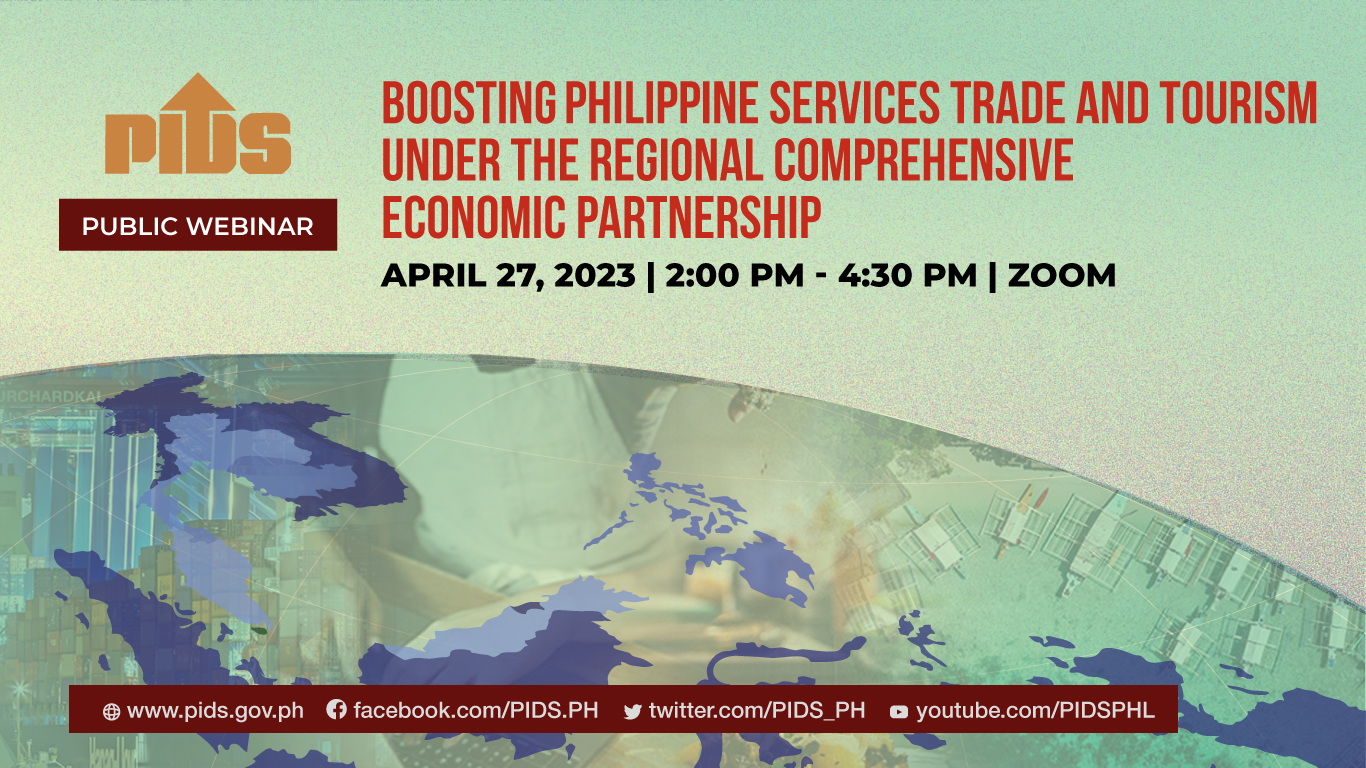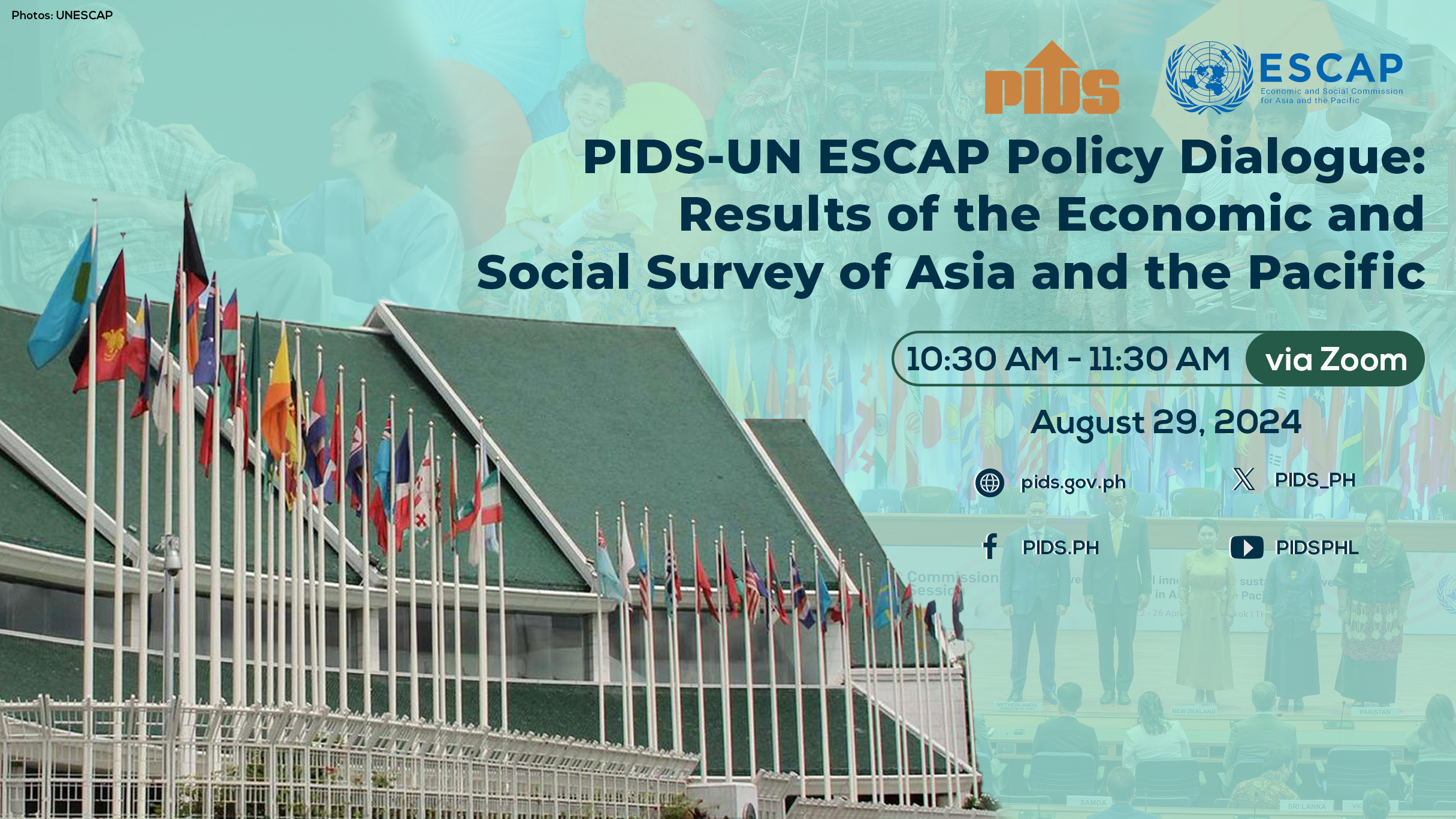The Association of Southeast Asian Nations economic community came into force on the last day of 2015, heralding a regional free trade which is expected to boost the economies of the 10 member states with a combined population of over 600 million.
The Asean Economic Community, a single market with a free flow of goods, capital and skilled labor across borders, officially starts today as provided for under the 2015 Kuala Lumpur Declaration.
Malaysian Prime Minister Najib Razak, who hosted the 2015 Asean meeting, said in November the 10 member countries created a single market and production base with freer movement of goods and services with common standards, far greater connectivity and removal of barriers.
"In practice, we have already virtually eliminated tariff barriers between us under the Asean Free Trade Area,” Razak said earlier. "We now have to ensure that we create a truly single market and production base, with freer movement of goods and services.”
AEC has a combined market of more than 600 million people with total GDP of $2 trillion across 10 countries, including Brunei, Cambodia, Indonesia, Laos, Malaysia, Myanmar, the Philippines, Singapore, Thailand and Vietnam.
An Asean scorecard showed that as of end-October, the grouping had implemented 79.5 percent of measures committed under the AEC. Among prioritized measures, the rate was 92.7 percent.
Asean leaders in November unveiled another road map to a common community for the next decade even as the bloc missed targets for economic integration this year.
A study by state-run think tank Philippine Institute for Development Studies showed the Philippines’ agriculture and fisheries was well-positioned for the Asean integration but should increase the volumes of the sector’s primary products bound for export.
PIDS said in a policy note titled "Improving the readiness of A&F industries to the Asean integration” the country should work harder to increase the volume of export-oriented products.
These products include coffee, cocoa, tuna, seaweed, shrimp and onions.
PIDS said in a separate study the Philippines should speed up the implementation of mutual recognition arrangements to allow the freer flow of professional workers.
"A survey undertaken for the AEC [Asean Economic Community] scorecard project, which measured the Philippines’ readiness to ASEAN integration, underscored the slow progress of MRA implementation due to a number of deterring factors,” PIDS said.
MRAs enable the qualifications of professionals from one country to be mutually recognized by other signatory countries. They promote mutual agreement on standards, licensing and certification of professional workers among the Asean member-states.
The Asian Development Bank and the International Labour Organization predicted that within the next 10 years, AEC would generate 14 million additional jobs. //











